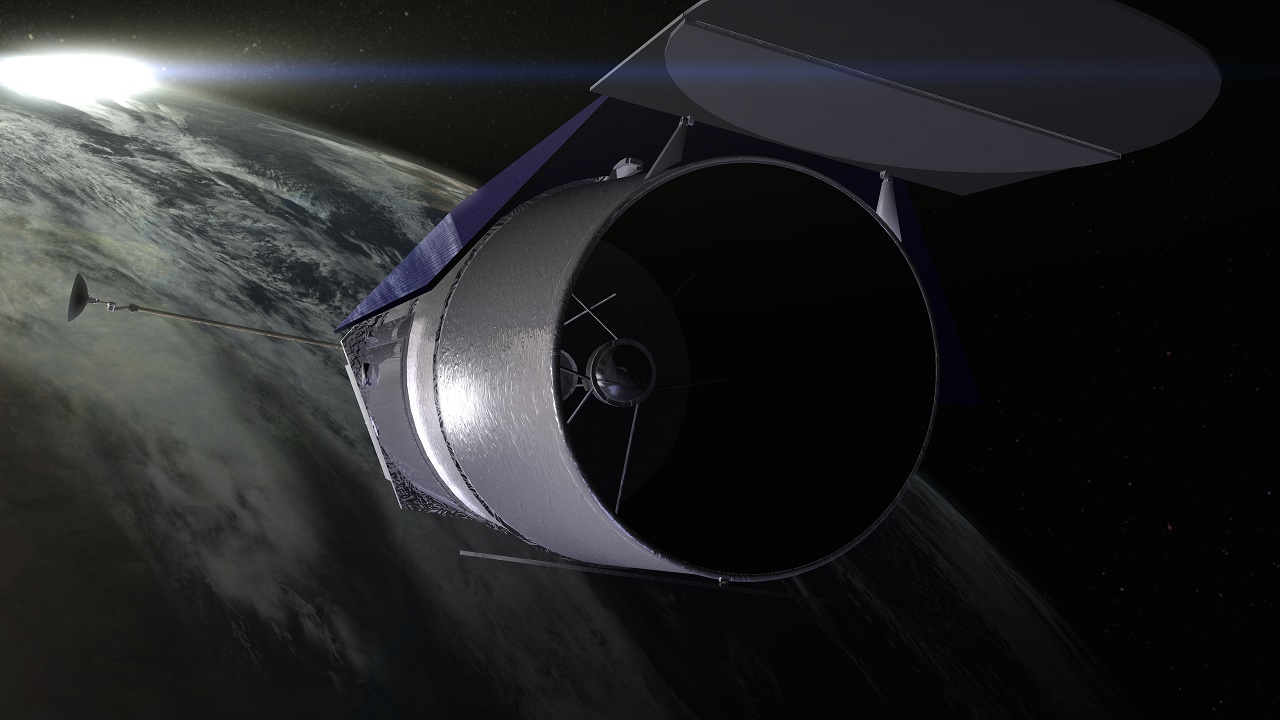
Credit: NASA’s Goddard Space Flight Center/CI Lab
NASA will build a new space-based telescope whose field of view is 100 times larger than the Hubble Space Telescope. It will primarily be used to look for exoplanets, planets orbiting around distant stars.
The telescope is called The Wide-Field Infrared Survey Telescope, WFIRST for short. It will be ready for launch within about ten years according to NASA.
Coronagraph
FIRST will use a coronagraph to enable a more careful examination of exoplanets as it blocks out the bright light from the parent star for which the planet is orbiting.
Coronagraphs are extreme examples of stray light rejection and precise photometry. It essentially uses a disk to block the Sun’s bright surface, revealing the faint solar corona, stars, planets and sungrazing comets. In essence, it produces an artificial solar eclipse.
Signs of Life
The planet’s atmosphere will then be explored in more detail to reveal if there is an atmosphere and also to probe if there are any chemical signs of life present.
The researchers also hope that WFIRST will be able to uncover secrets of dark matter and dark energy. Providing answers to whether dark energy really is an unknown form of energy or possibly a modification of Einstein’s general theory of relativity.
The telescope’s huge field of view allows a single image of 300 megapixels to cover over a million galaxies and provide information about their shape, position, and distance. Categorizing and cataloging all this is such a comprehensive work that NASA will turn to the public for help.
The Next Generation
Much of the heavy lifting of identifying exoplanets has been shouldered by the Kepler Space Telescope. It is however far past its prime and continues to operate in a mechanically crippled condition.
Now with the impending launches of the Transiting Exoplanet Survey Satellite (TESS) and the James Webb Space Telescope (JWST), set for 2017 and 2018, respectively. The WFIRST will follow those into space in the 2020s, succeeding The Hubble, Kepler, and the Spitzer Space Telescope.
These three will create a next-generation of a three-pronged attack to find new planets, including possibly habitable planets and provide humanity with deeper insight and understanding of the universe around us.
_____________
NASA Introduces New, Wider Set of Eyes on the Universe: Baltimore’s Space Telescope Science Institute to Partner on New NASA ‘Wide-View’ Space Telescope
WFIRST
__________________________

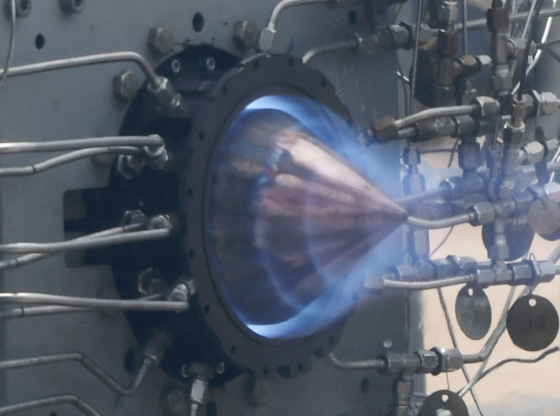
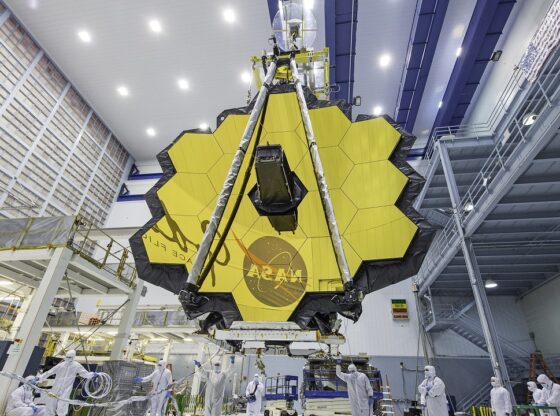
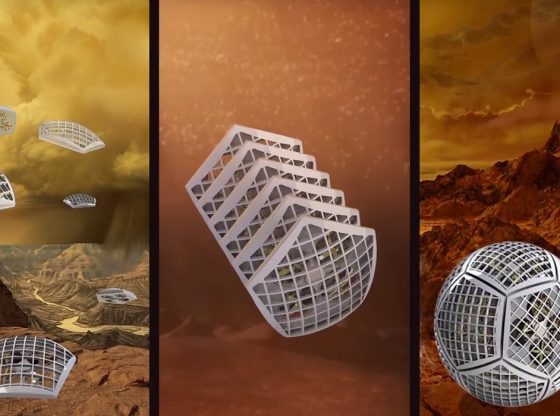
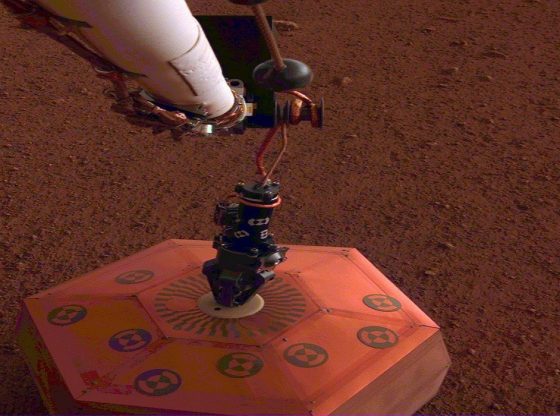
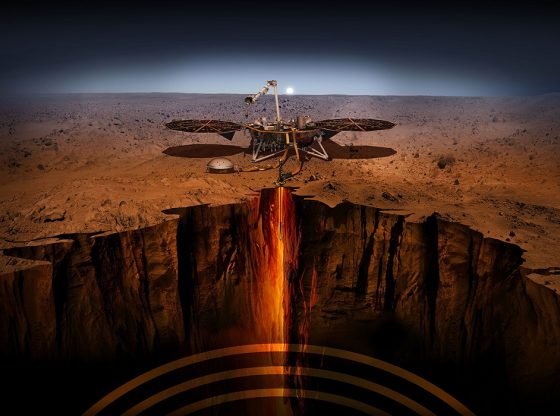
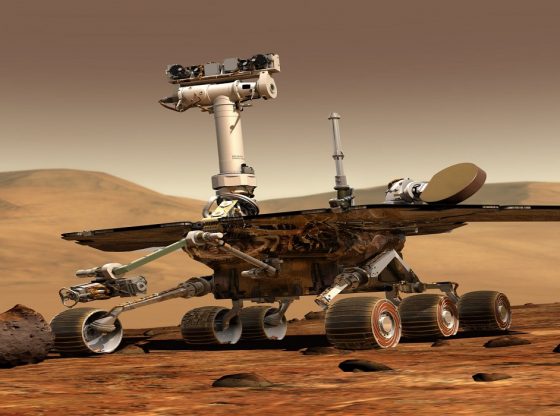
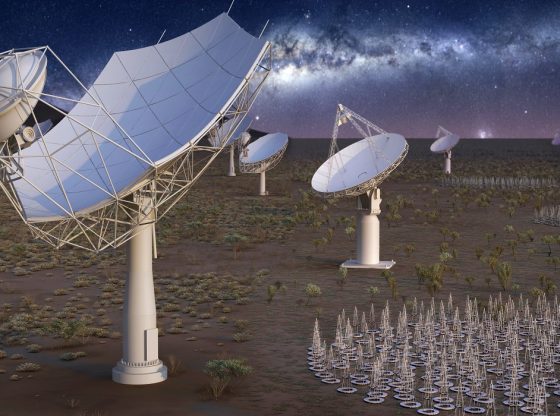
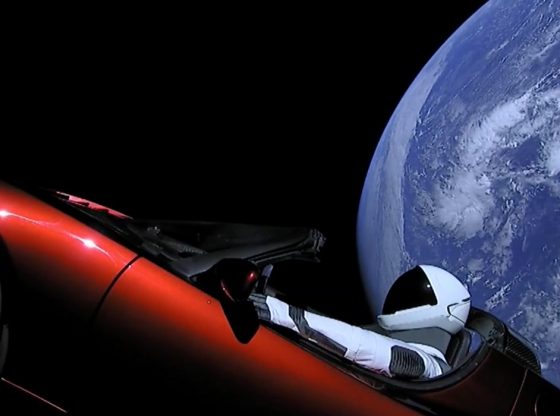
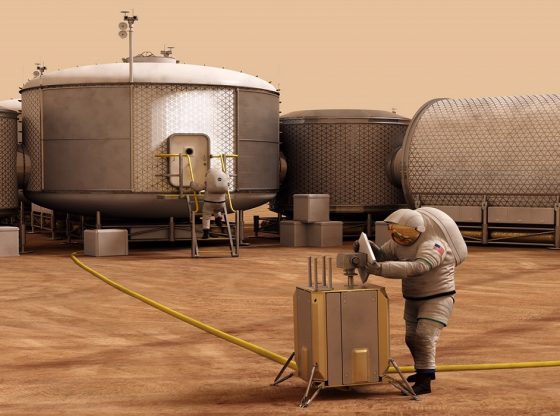
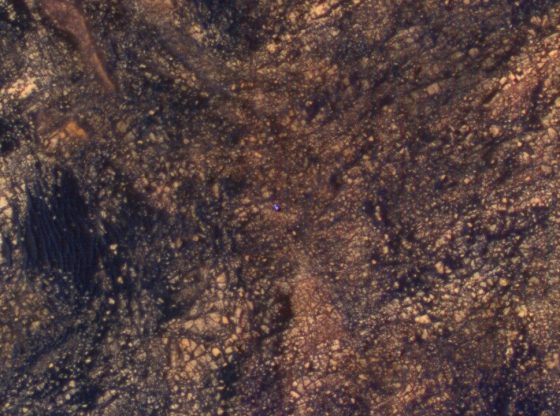
![OpenAI. (2025). ChatGPT [Large language model]. https://chatgpt.com](https://www.illustratedcuriosity.com/files/media/55136/b1b0b614-5b72-486c-901d-ff244549d67a-350x260.webp)
![OpenAI. (2025). ChatGPT [Large language model]. https://chatgpt.com](https://www.illustratedcuriosity.com/files/media/55124/79bc18fa-f616-4951-856f-cc724ad5d497-350x260.webp)
![OpenAI. (2025). ChatGPT [Large language model]. https://chatgpt.com](https://www.illustratedcuriosity.com/files/media/55099/2638a982-b4de-4913-8a1c-1479df352bf3-350x260.webp)








